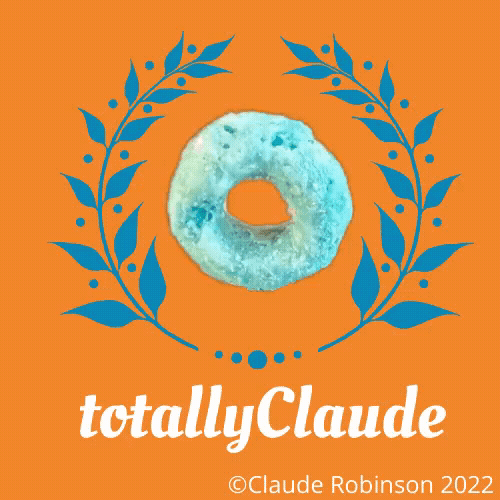Breaking the Stigma: My Personal Experience Ketamine Therapy
For most of my life, I believed healing was a linear process—one where hard work, therapy, and sheer willpower would eventually lead me to a place of stability. But when traditional treatments fell short, I found myself standing at a crossroads, wondering if relief was even possible. That’s when I discovered ketamine therapy.
The Decision to Try Ketamine
Ketamine carries a heavy stigma, often misunderstood due to its association with recreational use. For myself there was no question that I wanted to try Ketamine for its healing properties.
I am not going to deny having my fair share of experiences trying to escape my reality, my pain and trying to numb my heightened emotions, but that is a topic I will save for another time. I am not going to pretend this was a difficult decision for me BUT it might be for whoever is reading this. If that is you, please keep reading.
When you’re drowning in treatment-resistant depression and none of the conventional medications work for you, I honestly did not care what motives other people assigned my decision to start Ketamine Therapy. This wasn’t about chasing an escape—it was about survival.
After thorough research and consulting with my psychiatrist, I decided to try ketamine therapy. I knew it wouldn’t be a magic fix, but I was desperate for something—anything—that could pull me out of the relentless cycle of despair.
What the Experience Was Like
Ketamine therapy is different from anything I’ve ever experienced. Unlike traditional antidepressants that can take weeks or months to show effects, ketamine works rapidly by targeting glutamate, a neurotransmitter linked to mood and cognition.
I started with ketamine infusion but switched to the prescription nasal spray after about a month because my insurance company denied me the infusions citing a lack of research proving its effectiveness despite the nasal spray already being FDA approved. The infusions were expensive at about $500 per session. My husband went back and forth with the insurance company arguing their decision. Research showing the effectives of IV ketamine was readily available but its use was not FDA approved. Thank god the Nasal spray is FDA approved. If it wasn’t for my husband advocating for me I would have given up. That is when I decided to speak up against the stigma surrounding ketamine therapy.
The sessions themselves felt surreal—sometimes introspective, sometimes overwhelming, always deeply personal.
The IV Ketamine being much stronger then the spray, my mind felt untethered, drifting through memories, emotions, and subconscious spaces I had long avoided.
No talk therapy, no trauma work, no negative thoughts etc
Rules from ketamine clinic…
Some sessions were peaceful, others difficult. But with each one, I felt layers of emotional weight beginning to lift.
The Aftermath: How It Changed Me
Ketamine didn’t “cure” me—mental health doesn’t work that way. But it did something equally powerful: it created space. Space between my trauma and my reactions. Space to breathe when I felt suffocated by my own mind. For the first time in years, I felt like there was a pause between thought and action, between pain and response.
For me, the biggest impact was in how I processed emotions. Instead of feeling trapped in an endless loop of distress, I found myself better equipped to recognize my triggers without becoming consumed by them. I still have dark days, but they no longer feel inescapable.
Why We Need to Talk About This
Ketamine treatment is still met with hesitation, largely due to outdated perceptions. But the reality is, for many people, it’s a game-changer. The more we talk about it, the more we can dismantle the stigma surrounding alternative treatments.
If you’re considering ketamine therapy, do your research. Find a reputable provider. Ask questions. And most importantly, give yourself permission to explore options without shame. Healing looks different for everyone, and if there’s one thing I’ve learned, it’s that there is no “one-size-fits-all” approach to mental health.
Final Thoughts
Ketamine therapy wasn’t an easy decision, but it was one of the best ones I’ve made. It gave me back something I thought I had lost—hope. And if sharing my experience helps even one person feel less alone in their struggle, then every word here was worth writing.
The conversation about mental health treatments needs to evolve. We owe it to ourselves—and to each other—to keep talking, keep questioning, and most importantly, keep fighting for the care we deserve.
